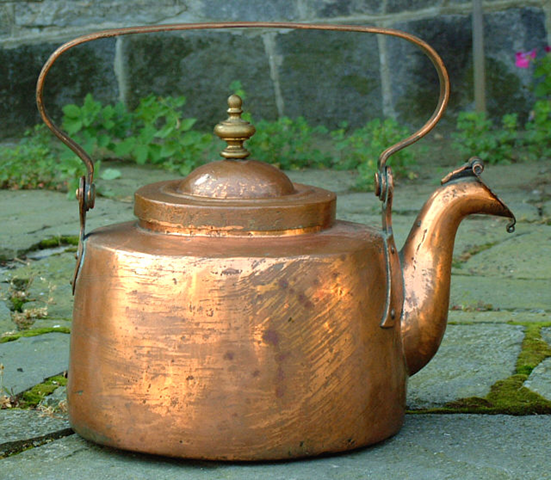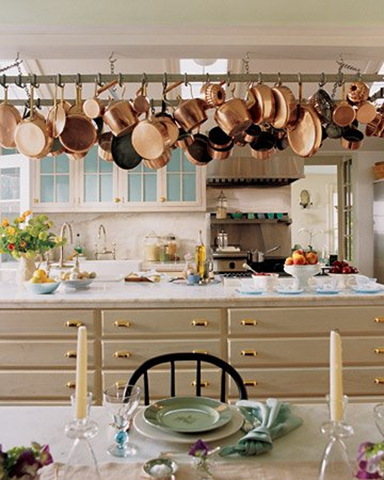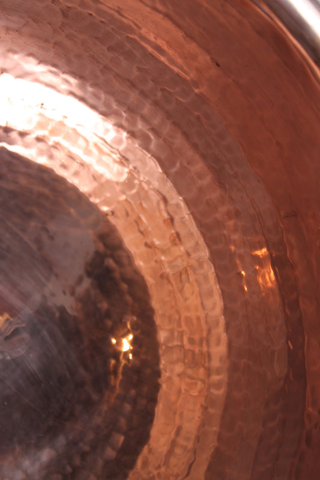I remember as a very tiny girl someone I adored had a lovely copper kettle that she would place upon the stove. How I looked forward to the sweet low whistle that signaled rich hot chocolate would soon be at hand. Bright Copper Kettles.
Bright Copper Kettles
Thus began my love affair with copper. My adoration for any gleaming pot or pan has now reached a point where it could possibly boil over.
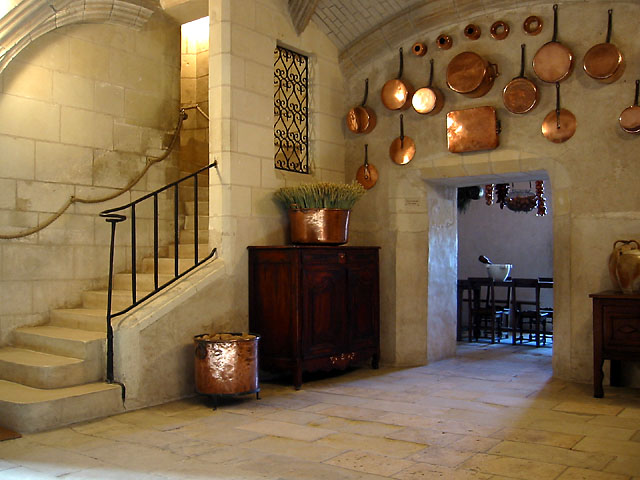
Many would agree that gleaming copper in a kitchen is a beautiful sight to behold. But perhaps some of you are unaware of the benefits of using copper for cooking. Copper is an excellent conductor of heat. Now I was not exactly an “A” student in chemistry, but I do know that conduction is the transfer of thermal energy. It works best in metals such a gold, platinum and copper. For those that wish to know more, you can google Fourier’s Law, but this is a design blog so let’s get back to the pretty.
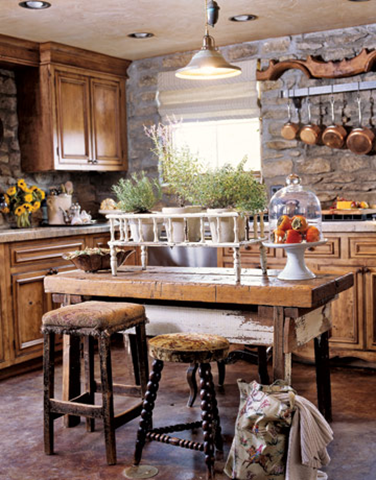
Heat in a copper pan is transferred evenly throughout the base and up the sides of a pan. This results in food being cooked quickly, but thoroughly and moist foods remain moist.
Why Copper Is King
Copper does require a bit more work in terms of cleaning. Stainless steel, cast iron, and aluminum are often preferred as they clean up more easily. But these materials also have their downsides. Stainless steel does not conduct heat well. Cast iron is slow to heat and of course, can rust. Aluminum can react with foods that are acidic, such a tomato sauce, by imparting a metallic taste. Egg whites beaten in an aluminum pan will often turn gray. This is why you will often find that a good baker uses a copper bowl to beat their egg whites. Beating eggs in a copper bowl also eliminates the need to add cream of tartar as there is a sufficient amount of acid already in the copper.

Most of the mined copper comes from South America. It is a non-renewable resource which is one of the reasons copper pots are so expensive. Copper is truly durable and can be recycled over and over again. Most copper pots, however, are never melted down. For this reason, old copper pots are still plentiful at antique shops and good pots are coveted by collectors. You might recognize these famous collectors of copper.

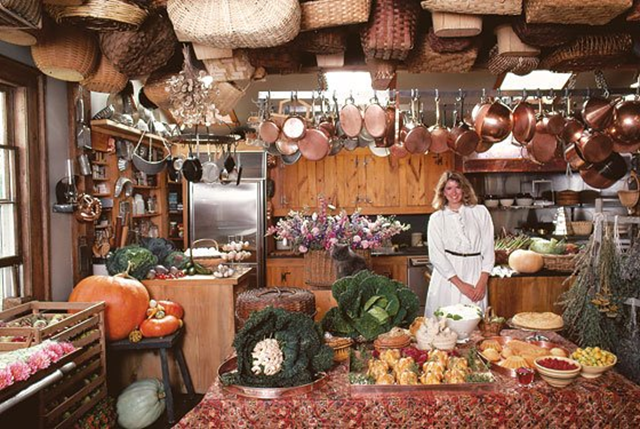
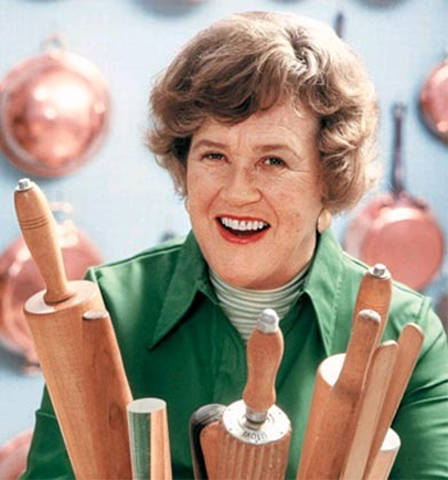
Villedieu Les Poeles
Ah, Julia Child. She is famous for her French cooking. The French are well known for their gastronomic excellence. It makes sense that French copper pots set the standard as to what a copper pan should be. Many of the copper pots produced in France come from a small village, Villedieu Les Poeles, which is just outside of Paris. Finished pieces are quite heavy (something to keep in mind if your upper body strength is waning) and handles are riveted on by hand so that the pot is well balanced.
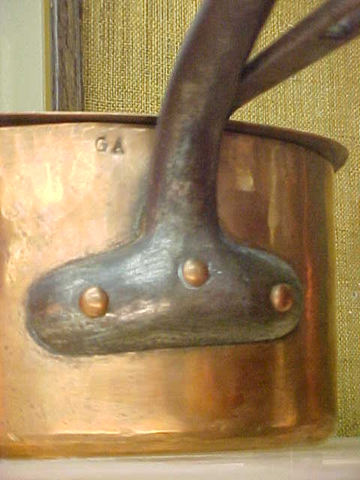
Pots can also be hand hammered. Great cooks say that the small indentations created by the hammer assist the air and heat to circulate through the pot. A benefit of a hand hammered pot is that any scratches on the pot will be practically invisible. Hand work will also increase the price of a pot. Given that several areas in France have now banned hand hammering (it creates deafness in the workers) a hand hammered pot will soon become a rare objet d’art.
The Perfect Copper Pot
When looking for a perfect pot search for a gauge (thickness) of 2.5 millimeters. A heavily gauged pot helps the heat to transfer more easily. Due to the fact that an unlined copper pot will often cause stomach upset due to oxides that are released when heated, a vast majority of pots are sold with a lining. Tin is the preferred choice. While tin on its own will melt if subjected to high temperatures it works well with the copper. Over time the tin lining may wear away. A pot can easily be retinned by a skilled metalsmith. Other linings available are nickel and stainless steel. The most extravagant lining is silver. If you ever find a copper pan that has been lined with silver feel free to send it to me immediately.
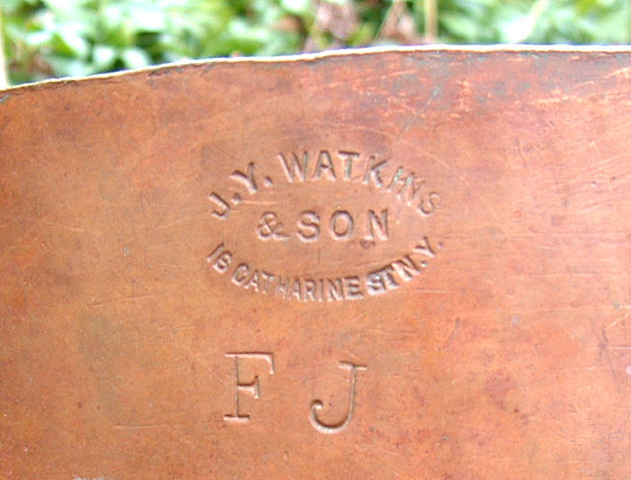
Another beautiful way to use copper in the kitchen is to place a gorgeous hood above the cooktop.
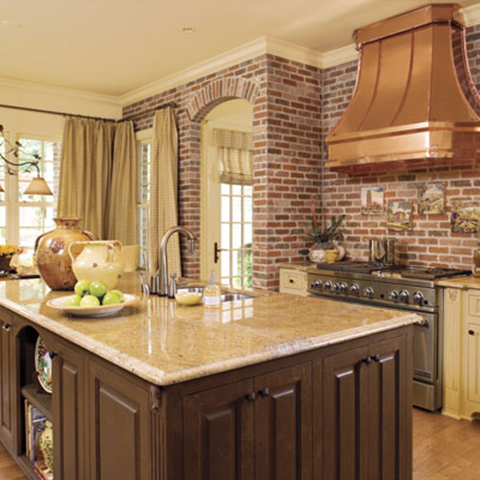
Perhaps you might like a copper sink?
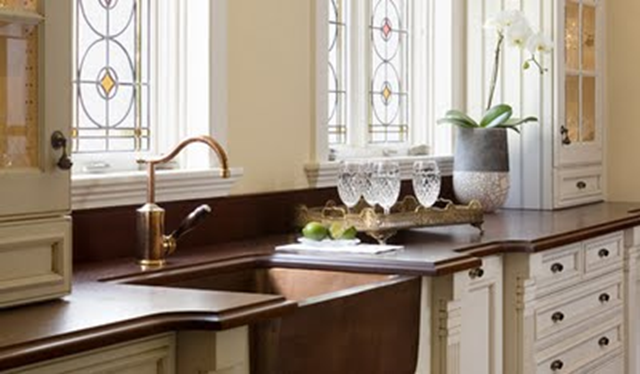
Or even an entire ceiling covered in copper-tin tiles.
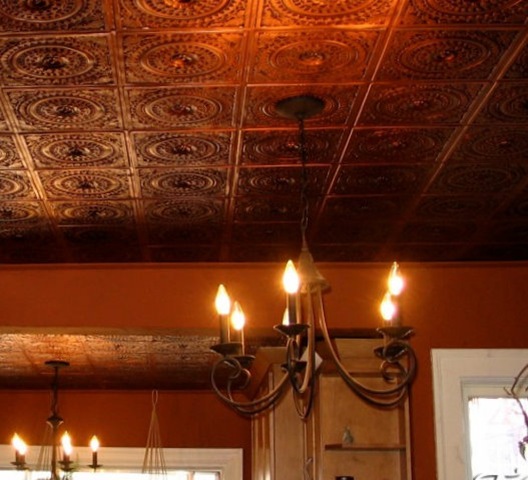
For the DIY enthusiasts, you can build a copper pot hanger using simple copper tubing.
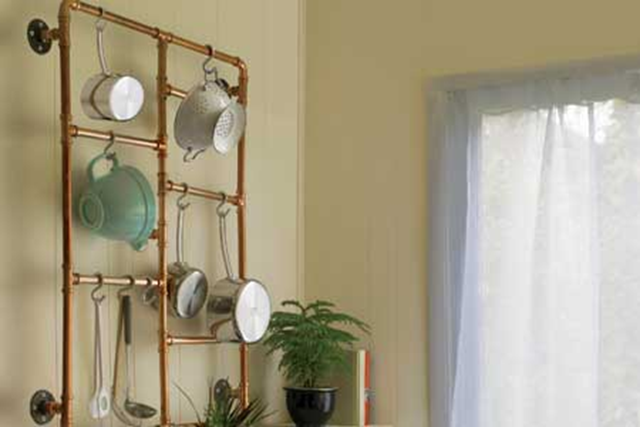
While I thought I only liked copper in the kitchen, this bathtub would be oh so delightful to soak in.
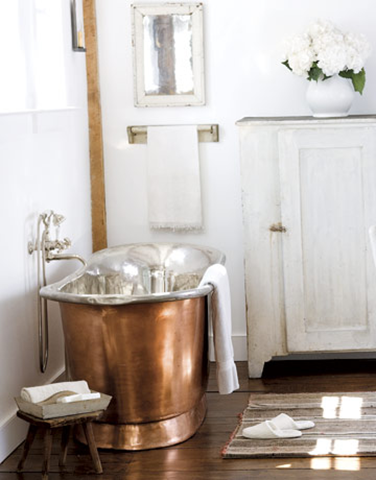
I also wouldn’t object to a home covered in a copper roof.
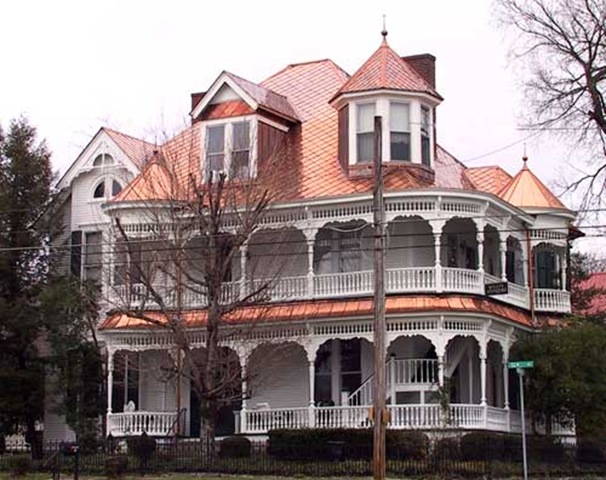
Because it would eventually turn to a lovely shade of verdigris.

As always, Mr. Decor is afraid my obsession may go a bit too far.
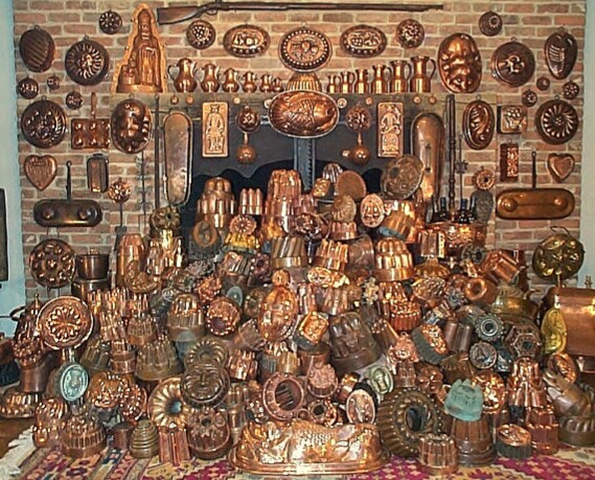
I am still traipsing around trying to see if they have finally opened the Copper Art Museum. It will be located in the copper mining town of Clarkdale, Arizona~ also known as the Copper State.
Laura
